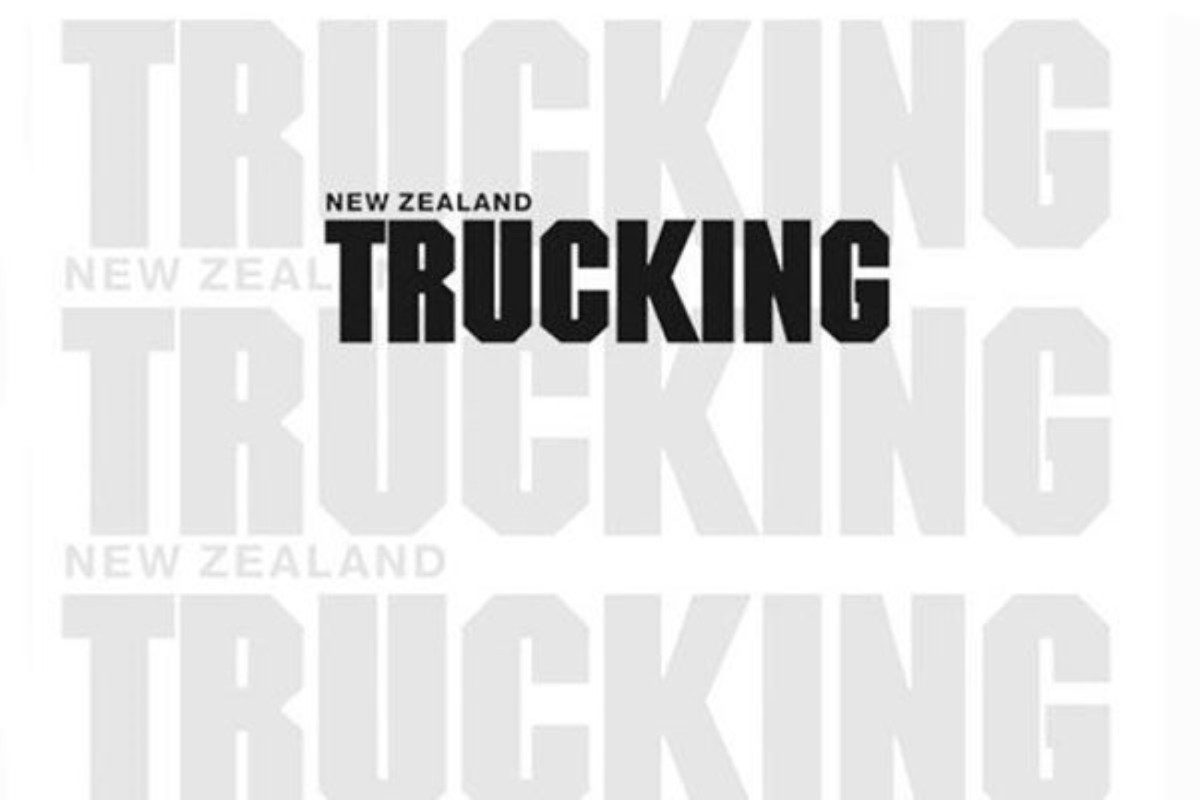Boosting the skills of young drivers
Are our young drivers skilled enough to share the road with heavy vehicles? Sharing the road with trucks is associated with a greater risk of serious injury and death for drivers of passenger vehicles. The onus for minimising risk lies not just with truck drivers but also with car drivers.
Specifically, car drivers need to understand the unique performance limitations of trucks, including greater stopping distances, the position of blind spots, and reduced turning manoeuvrability, so that they can appropriately act and react around trucks.
But young drivers often take more risks or carry out risky manoeuvres, which are associated with increased crash risk for young drivers.
Simply raising awareness of truck limitations is insufficient. We propose that initiatives aimed at increasing young driver awareness of trucks and truck safety need to be evidence-based,undergo evaluation, and be delivered in a way that:
• increases young driver risk perception skills; and
• reduces risky driving behaviour around trucks.
In Australia in 2019, 188 people died from 173 crashes involving heavy trucks, a 27.2% increase in fatalities compared with 2018. Collisions involving trucks are 2.6 times more likely to result in a fatality, and passenger vehicle occupants are 10 times more likely than truck occupants to suffer serious or fatal injuries. Crash statistics indicate that 78% of fatalities and 76% of injuries resulting from passenger vehicle-truck collisions are sustained by passenger vehicle occupants.
An indepth review of fatal truck-passenger vehicle collisions in the United States reveals that 67% of fatal crashes attributable to the unsafe driving behaviours of passenger vehicle drivers. The most prevalent behaviours were veering out of their lane (19.9%); failing to give way (14.4%); speeding Worldwide, road trauma is the leading cause of death among
young people under 29 (World Health Organisation, 2020).
In Australia, young drivers are grossly over-represented in road crash statistics. In 2020, of the 1106 people killed on Australian roads, 208 were young people aged 17 to 25 years (approx. 19%), despite this age demographic constituting only approximately 12% of the population (National Road Safety Strategy, 2021). A young person’s highest crash-risk period is immediately after obtaining a provisional driver licence (where the driver is unsupervised) and increased risk continues until about 24. Young male drivers tend to engage in more risky driving behaviours than young female drivers.
Truck driver visibility is impeded by the size of their vehicle. Trucks have greater blind spots than passenger vehicles, and four main blind-spot areas: immediately in front of the truck, behind the door on the driver side of the vehicle, the length of the passenger side of the vehicle, and directly behind the truck.
To minimise the crash risk associated with lane changing or merging, other motorists need to avoid driving in these spots and need to be mindful of the intentions of truck drivers if they are situated in a truck blind spot.
There is little research into motorists’ knowledge of truck and heavy-vehicle blind spots. A study conducted in Malaysia found that when questioned on their understanding of the respondents were aware of blind-spot locations to the front, left and right perimeters of a heavy vehicle. Furthermore, heavy-vehicle blind spots from driver schools when learning to 69% of respondents recalled receiving little or no driver education regarding blind spots of heavy-vehicle drivers.
If similar studies were carried out in New Zealand, thestatistics would be similar.
The Australian Trucking Association’s SafeT350 virtual- reality programme will be available throughout New Zealand in early 2022. The programme is currently being installed in the Road Safety Truck.
It will also be available to use online. While the initiative targets young drivers 16-25 years, we will also make it available to all drivers to lead change in driving behaviours when driving and sharing the road with heavy vehicles.
If you would like to donate to this initiative, please contact the team (details below).





